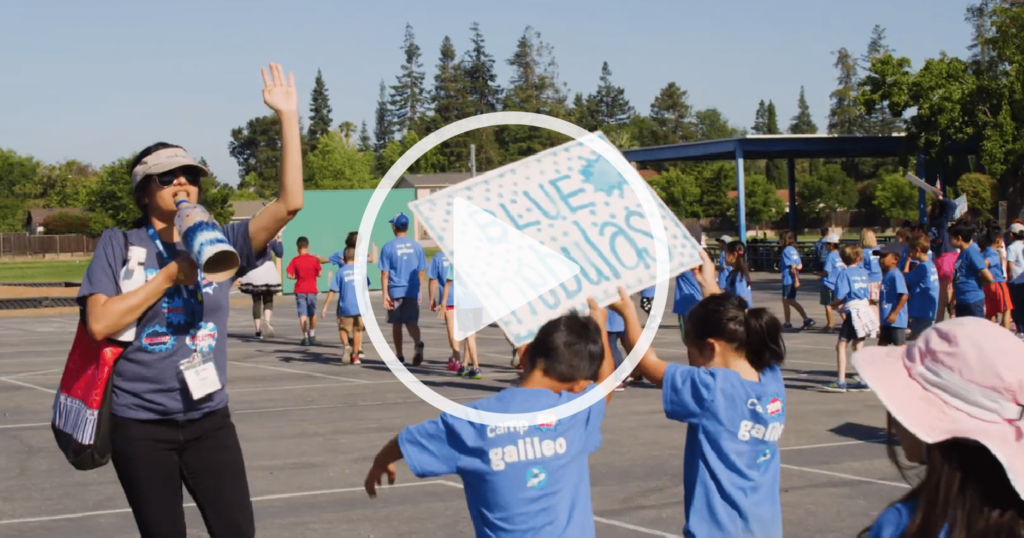If you visit the OXO office in New York City, you’ll notice a curious sight. Neatly hung and labeled are rows and rows of single gloves and mittens of all shapes and sizes found around the world. This unusual display, created by OXO’s employees, honors the diverse hands that reach for their products on a daily basis—a constant reminder of the universal design philosophy on which the company was built.
Universal design is the process of creating products based on the concept of accessibility or openness to as many people as possible. It applies to consumer products, architecture, web interfaces and more, and it’s being applied with increasing frequency around the world.
Broader than accessible or barrier-free design, universal design does not specifically target or separate individuals or groups of people. Instead, its goal is inclusivity.
The best news? When it comes to universal design, kids can be innovators.
Consider Some Examples
OXO
Home goods manufacturer OXO (Ox-oh) proudly boasts more than 1,000 products that “have a tangible improvement on aspects of everyday living.” You’ve likely used one of their peelers or ice cream scoops without realizing that inherent in the design is the goal of providing a tool everyone can grasp. Whether the user has arthritis in their hands or just has a mountain of potatoes to peel, the soft handle will more comfortably cushion their grip.
Curb Cuts
One of the earliest, most easily recognizable examples of universal design is the curb cut. Though initially implemented to break down barriers for wheelchairs, curb cuts have been universally beneficial to people pushing strollers and grocery carts, lugging suitcases, using a walker and moving pianos. Curb cuts have become the norm and now provide benefit to everyone using the crosswalk.
UI & UX Standards
Universal design also figures prominently in web design. Standards guide user interface/user experience designers as they apply universal design to ensure that web interfaces are accessible to all potential users. Principles like using color and texture strategically and applying typography to create hierarchy and clarity help to make company website navigation more logical and intuitive for users.
What Does Universal Design Mean for Kids?
Kids are creating every day. As universal design changes our world for the better, kids are also poised to have an impact. The generally open-minded and unbiased outlook of childhood suggests that universal design would be powerful in their hands. You’ve almost certainly witnessed a kid jump into creative problem-solving mode after learning of a challenge others face. So, it makes sense to help kids learn about universal design.
Share current events
Kids may not personally know a veteran who was wounded in combat or a first responder injured on the job, but the news is full of inspiring stories. Share these with your kids and talk about the sacrifices people make and the challenges they sometimes face as a result.
Read literature
Kids learn much about others from reading literature. Storybooks can give little ones a glimpse into the lives of people who lived long ago or far away, while novels broaden the outlook of older kids. Reading expands kids’ perspectives, giving them access to the lives and experiences of others.
Provide real-world examples
Pointing out examples of universally useful products or architecture that is accessible to all is a learning experience for kids. Helping them to view the world through a broader lens will have them thinking like a universal designer.
Consider authentic problems
When you or your kids come upon a problem that involves access, talk it over. Give kids an opportunity to think about and propose solutions. With a natural inclination to be helpful and creative, they are likely to envision some innovative solutions. Let them have fun with it: draw diagrams, make a model, create a story or video.
—
Ready for more? Check out the creativity-sparking, grit-building projects and classes at Camp Galileo Anywhere.





